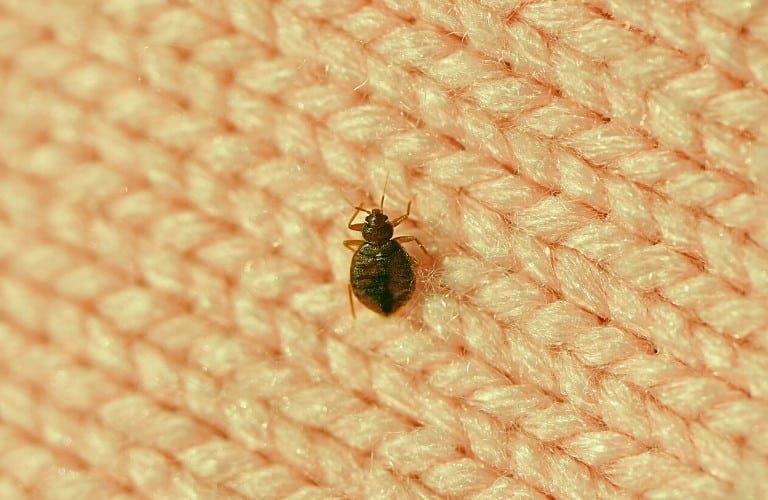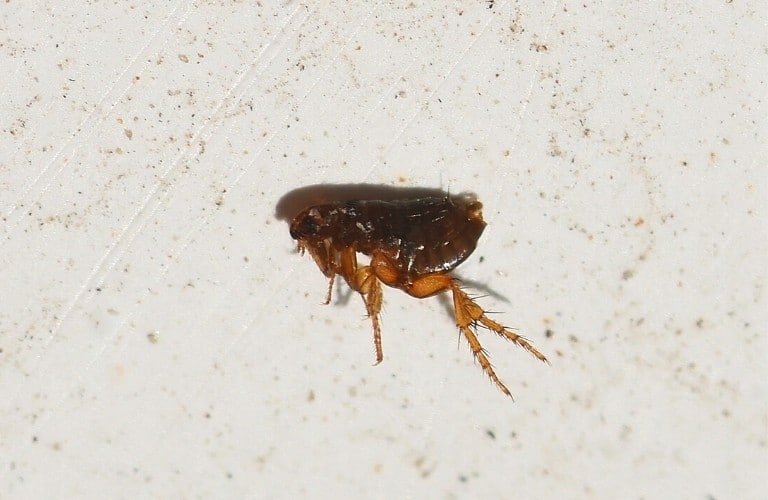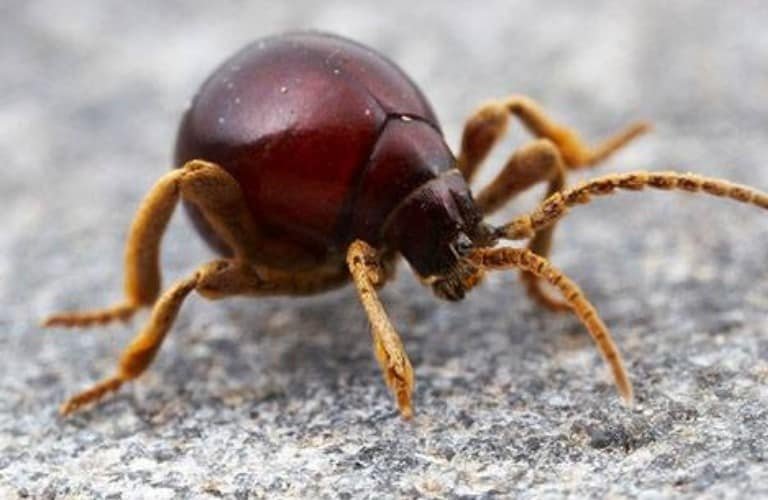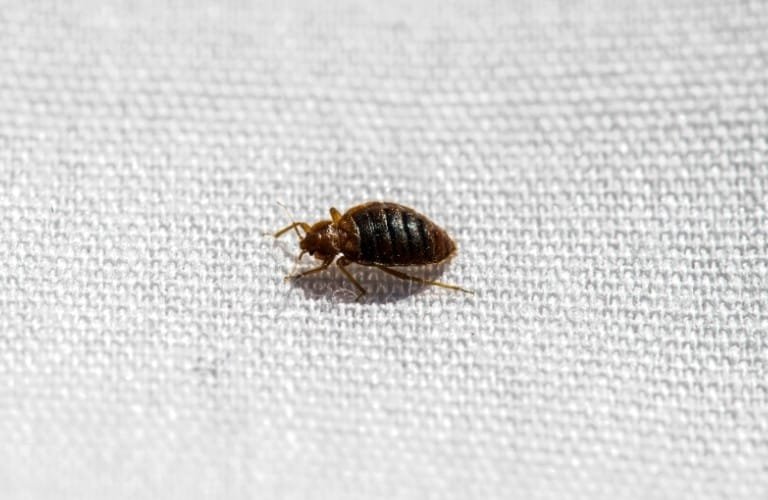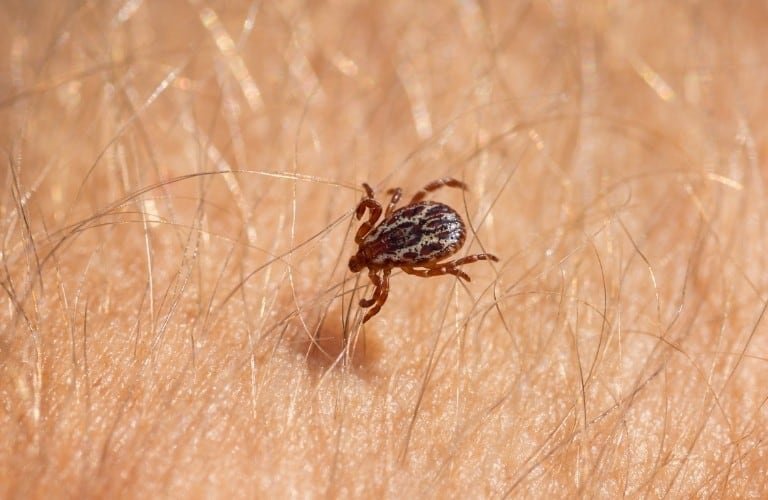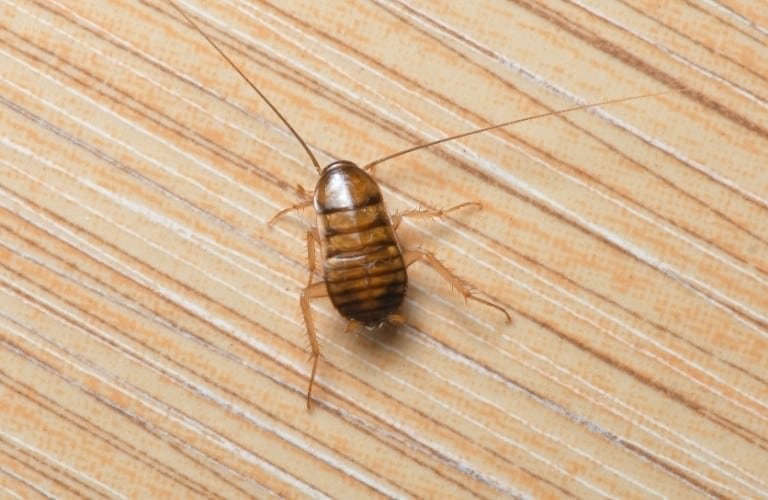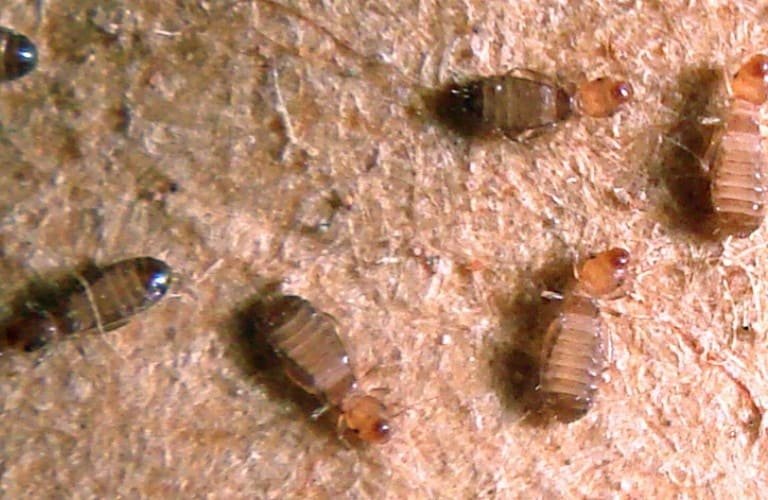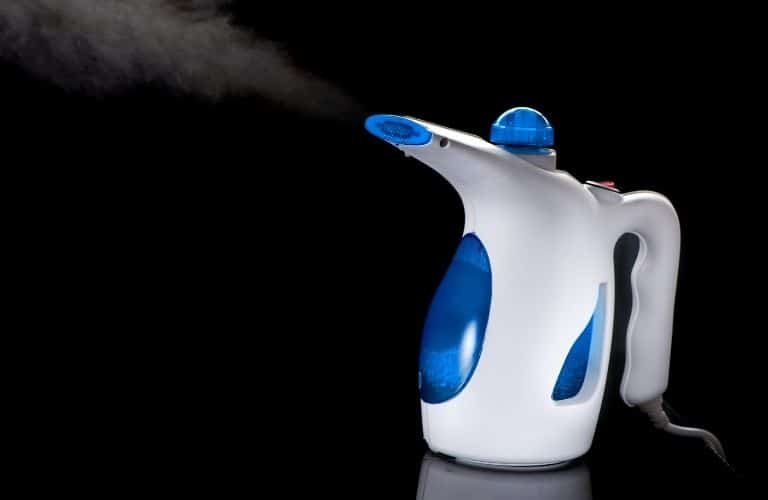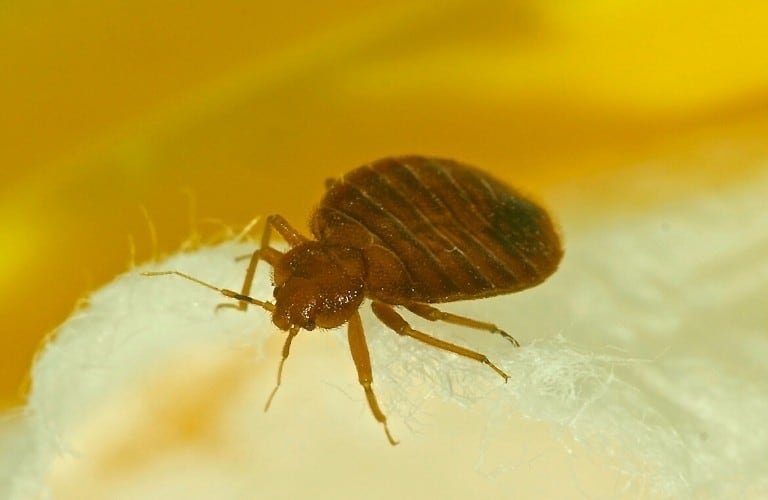Having an infestation of bugs is never fun or convenient, no matter what type of bug it is.
However, it is important to be able to distinguish between bed bugs and other impostors in order to know exactly how to treat the problem.
What bugs look like bed bugs? Bed bugs are similar in appearance to fleas, spider beetles, bat bugs, ticks, cockroach nymphs, swallow bugs, and booklice. They can be distinguished by a number of features such as shape, number of legs, antenna length, and whether or not they are segmented.
Just because you find a bug in your bed doesn’t necessarily mean that it is a bed bug.
In the following, we’ll examine other bugs that are commonly mistaken for the infamous bed bug.
What Do Bed Bugs Look Like?
Bed bugs are classified as insects because they have six legs. They are generally the size of apple seeds: about 4 to 5 millimeters long and 1.5 to 3 millimeters wide.
As parasites, bed bugs need a host from which they can obtain nourishment. Usually, this host is a human, and the bed bug feeds on the human blood.
Occasionally, bed bugs will find a host in another mammal, like a pet.
They have mouths that saw through the skin, with anticoagulants and painkillers that they inject into the skin after feeding.
Both their size and color fluctuate depending upon how recently they’ve eaten.
If they have eaten recently, they will be engorged and will have a brighter red color. After digesting and disposing of the blood, they return to their normal size and color.
Bed bugs are flat, about the width of a credit card, and are shaped like a balloon or raindrop.
Unlike most insects, they are unsegmented, meaning their entire body is in one part.
Though it might appear that bed bugs have front wings, they are only vestigial (a remnant of something from the past) and do not allow them to fly. They have no hind wings.
Young bed bugs, known as nymphs, are smaller than adults. They are translucent or whitish yellow. This makes them difficult to see and identify.
For home infestations, extreme heat is the best way to eliminate bed bugs.
A standard steamer, like this one on Amazon is ideal for treating infected areas.
It’s small enough to be easily carried from to room but powerful enough to produce the heat required to kill bed bugs.
It will produce 40 minutes of continual steam at 226°F, and it’s less expensive than similar models.
This model is, of course, only one option. We reviewed five steamer options and provide a breakdown of each one, including pros and cons, in our article, “Best Steamer for Bed Bugs.”
Fleas
As much as you do not want bed bugs in your home, you definitely do not want fleas to invade either.
You might mistake fleas for bed bugs due to their similar reddish-brown color. Like bed bugs, fleas are almost completely flat.
They are significantly smaller than bed bugs, about half of their length. Fleas are segmented and have longer legs than bed bugs.
To make matters more confusing, a flea bite is similar to a bed bug bite, producing itchy, red bumps.
Learn how to differentiate between the bites so you’ll know for sure what pest you should target with elimination efforts.
They, unlike bed bugs, can sometimes carry disease between animals and humans.
If you are confused by whether or not a bug is a bed bug or a flea, look at whether or not it is segmented.
Also, if you suspect that the pests that are plaguing you are actually fleas, we have an entire section on fleas dedicated to identifying them and eliminating them from your home and yard.
Flea infestations can be pretty miserable to live with. Most people opt to use carpet powder to get rid of them quickly.
Fleabuster Rx for Fleas Plus is a terrific choice as it mainly consists of boric acid, a naturally occurring substance.
This one container will cover an average of 1,200 square feet or about five rooms. A little goes a long way, and it’s guaranteed for one year.
Spider Beetles
Spider beetles are named because their long antennae look like seventh and eighth legs. They are oval in shape and almost exactly the same size as bed bugs.
Some spider beetles range from red to brown, like bed bugs, but others are almost completely black or pale yellow.
They are most likely to spend time in wooden structures, which is a location in which some bed bugs will hide when necessary.
The best way to determine whether a bug is a spider beetle or a bed bug is to look at the antennae. If it has long, segmented antennae it is most likely a spider beetle.
Bat Bugs
Bat bugs are cousins to bed bugs, and the family resemblance is clear. They are brown, oval, and almost exactly the same size as bed bugs.
They, like bed bugs, have vestigial wing pads, even though they cannot fly.
The only real difference between the appearance of these two bugs is that the bat bug has longer hairs on its head than the bed bug.
Though they look almost exactly the same as bed bugs, rest assured that you won’t have to distinguish between the two very often.
This is because bat bugs do not live in domestic areas — rather, they live in caves and feed on bats instead of humans.
Ticks
Ticks are another bug that feeds on human blood. They are, like most bugs who feed on blood, reddish-brown in color.
They are oval-shaped and similar in size to a bed bug, though often smaller.
An easy way to tell the difference between a bed bug and a tick is to count their legs: bed bugs are insects with six legs while ticks have eight legs.
Ticks are known to transfer tough diseases such as Lyme Disease and Rocky Mountain Spotted Fever.
They naturally inhabit shrubs, grass, and wooded areas, making them unique from bed bugs.
Cockroach Nymphs
Cockroach nymphs, or baby cockroaches, look remarkably like adult bed bugs.
Someday, the cockroach will grow wings and be able to fly, but while still a nymph, they are wingless.
Like adults, cockroach nymphs do not feed on human blood, but they enjoy the sugar and protein in human food.
Thus, a simple way to determine if it is a cockroach nymph or bed bug is to observe whether or not they make their home near your bed.
If they stay in your kitchen, pantry, or cabinets, they are most likely a cockroach nymph.
Swallow Bugs
Another cousin to the bed bug, swallow bugs are so named because they can generally be found in barn and cliff swallow nests, where they feed on the newly hatched birds.
Under extreme circumstances, they can decide to inhabit homes and bite humans.
If you need to determine whether a bug is a swallow bug or a bed bug, look at the antennae; swallow bugs have much longer antennae than bed bugs.
Booklice
Named because of their propensity toward living in places that retain water, such as damp books, these bugs look like a cross between termites and bed bugs.
They are typically lighter in color than bed bugs, though they have a color similar to a young bed bug: pale brown or yellow.
Though most booklice are smaller than typical bed bugs, they can grow to be up to 6 millimeters long, which is longer than a bed bug.
They are also segmented, which is a good way to distinguish between bed bugs and booklice.
How Do You Know If a Bug Is a Bed Bug?
If you see a bug and are not sure what it is, there are several ways to determine whether or not it is a bed bug.
First of all, look underneath the bedsheet in the seams and gaps of the mattress.
Check also for baseboard gaps or spaces around electrical outlet coverings or light switches.
Look for the following clues:
- Spots of bloodstains on your sheets, pillows, or mattress where bed bugs have been crushed.
- Bed bug excrement that looks like rusty or dark permanent marker dots on your bed, clothes, walls, or floor.
- Eggs, eggshells, or shed skins in places where bed bugs hide.
- An unattractive, musty odor that comes from the scent glands (might smell like rotten raspberries).
- Bites on your skin: itchy, stinging red spots.
What Is the Main Cause of Bed Bugs?
There is a common misconception that bed bugs are a symptom of poor hygiene or lack of sanitation.
This is not true, as the two biggest causes of bed bugs are travel and high population density.
People who travel frequently and sleep in unfamiliar locations are more likely to spread bed bugs.
The worldwide population of bed bugs has grown in the last 50 years, likely because of an increase in air travel.
Bed bugs are harder to control in places with high population density.
Particularly common are bed bugs in multi-family homes such as townhouses and apartment complexes.
Bed bugs travel from one home or unit to another through interior walls, electrical gaps, and baseboards.
For a more in-depth look at how bed bugs make their way from one home to the next and to discover what you can do to stop them, head over to this article.
Conclusion
Knowing whether or not the bug in your bedroom is a bed bug will help you treat the problem as simply and efficiently as possible.
It is not advised to directly contact any bug that you cannot identify, so use caution as you try to determine the facts.
If you cannot figure out which bug you are facing, call a professional exterminator.
These professionals can identify the bug quickly and correctly, and help you determine the best course of action.
Chances are you still have some questions about bed bugs, such as how to quickly and effectively get rid of them.
You’ll find the answers that you’re looking for in our bed bug articles aimed at guiding you through the process of not just eliminating existing problems but preventing future infestations as well.
Image credits: Spider beetle – Sandeep Kumar Naik, Booklice – John Smith


